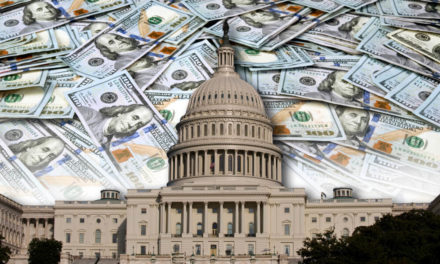Some argue the dreaded yield curve inversion doesn’t hold the same power to predict recessions that it once had, but St. Louis Federal Reserve President James Bullard isn’t in that camp.
The phenomenon known as the “inverted yield curve” happens when demand for long-term bonds (i.e. 10-year U.S. Treasurys) push yields below their short-term counterparts (i.e. 2-year U.S. Treasurys). An inversion of the yield curve has occurred before every recession of the last 50 years, and an inversion of the 2-10 yield curve has preceded each of the last five recessions.
The yields between the 2-year and 10-year Treasurys inverted multiple times earlier this year, but it has stabilized since. The 10-year Treasury bond was sitting at 1.78% around 10 a.m. EDT Monday, which is reasonably higher than the 2-year note that was at 1.58% around the same time.
While attending a financial and monetary policy meeting in London last week, Bullard said he tried to play off the yield curve’s ability to predict a recession twice in the past while on staff at the Fed during the 2000s, but he was wrong both times.
“The idea has always been to downplay this issue,” he said. Bullard went on to warn anyone that’s ignoring the signal should be “ignoring it with open eyes.”
The head of macro research at BlackRock, Elga Bartsch argues the validity of the yield curve as a recession indicator isn’t as great because of an excess of global savings and naturally falling interest rates, according to MarketWatch.
And speaking of falling interest rates, Bullard is still rallying for another cut to the Fed’s key policy rate, which could happen when the Federal Open Market Committee meets again later this month. He wanted a 50 basis point slash instead of the 25 point trim that occurred.
One reason Bullard wants another cut is to help bolster weak inflation in the U.S.
“Insurance rate cuts may help re-center inflation and inflation expectations at the 2% target sooner than otherwise,” he said.
Bullard also doesn’t see an end to the trade wars that the IMF says is a major contributing factor to the sagging global economy.
“We’ve opened a Pandora’s box,” Bullard said. “If you study the history of trade negotiations, they’re very long and very involved over a very long period of time.”





